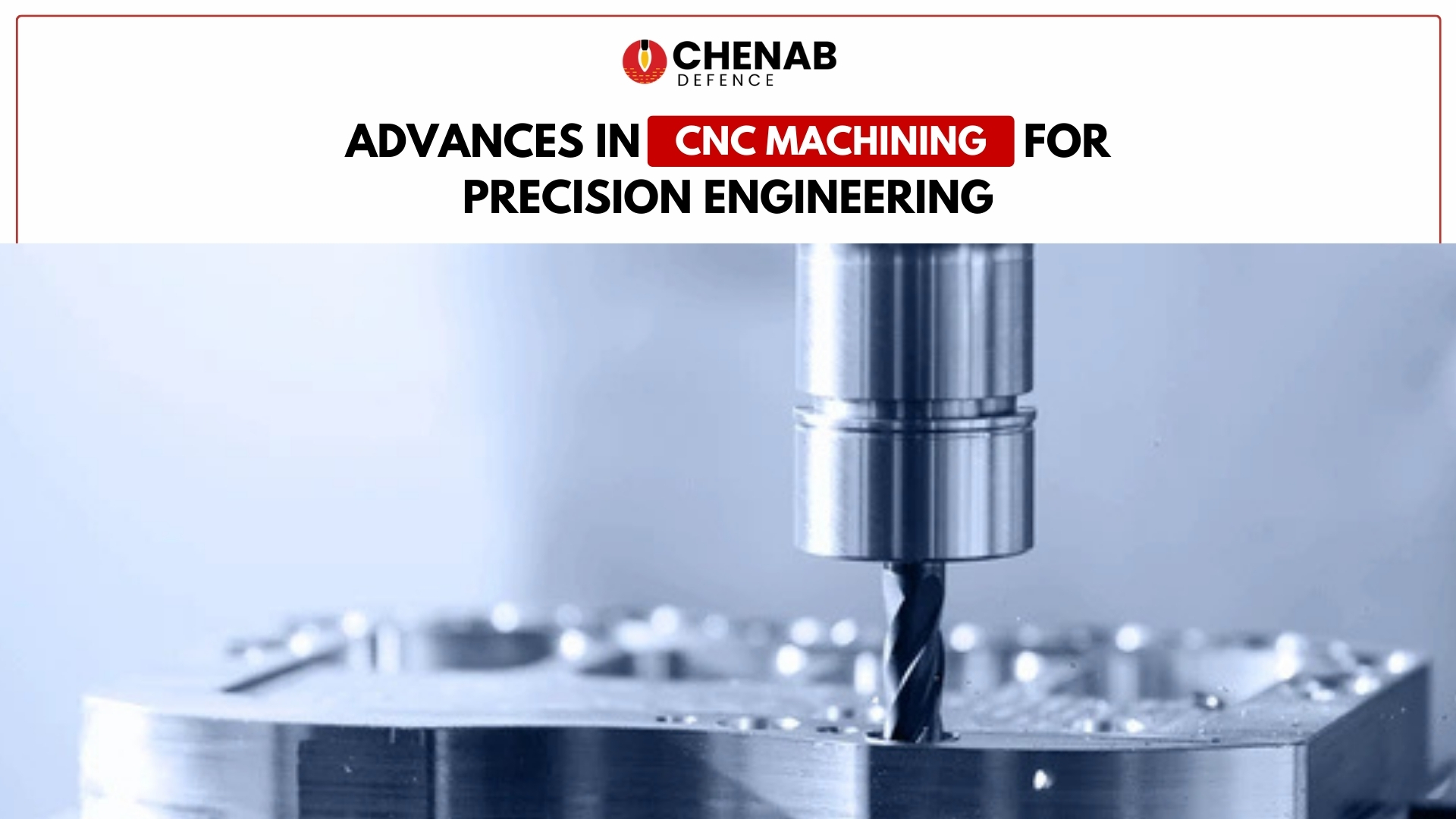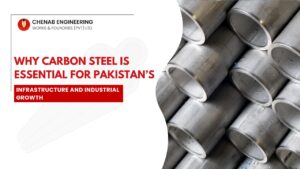Automotive components, medical implants, defense equipment parts, and many other applications require tight tolerances for their functionality, often as low as ±0.001 inches. The standard machining method cannot achieve this level of precision. Here comes the role of CNC Machining. Different precise machines and tooling execute the machining operation for accurate parts and products across the industries.
To leverage this manufacturing precision, you need to understand its nuances. So, let’s discuss the features and advancements in CNC machining technology.
Introduction
A computer-controlled machining procedure known as CNC machining uses digital instructions and uploaded designs to remove material automatically. Compared to traditional machining techniques, the automation of tool movement offers tighter tolerance. Tolerance for precision machining, on the other hand, is usually within ± 0.1 to 0.2 mm. Thus, the key techniques to attain this precision are specialized machining tools, optimal parameters, and expert handling.
Producing identical parts for the automotive, medical, defense, and other industries is the main use of CNC machining. To make precision machined parts, manufacturers utilize many pieces of equipment, including a lathe, an EDM setup, and a milling machine.
Features of Precision Manufacturing:
Each phase of the precision machining process requires consistency, accuracy, and precision. After the product is made, maintaining its quality requires the presence of these components. It is necessary to take into consideration the following five factors to perform precise CNC machining:
Speed: To produce a large number of parts at once without compromising accuracy or quality, you need to be able to work quickly.
Accuracy: You need a machine that can make precise cuts with the least amount of scrap material thrown away if you want to maintain your accuracy.
Consistency: The procedure needs to be as consistent as humanly possible to guarantee that every component has the same degree of quality and finish. Assemblers will find it much easier to assemble the components as a result of this modification.
Complexity: It is a determining factor in the number of operations needed to finish a part and in the necessity of specialist operations like drilling, milling, turning, or grinding.
Durability: The equipment needs to be sufficiently durable over the long run.
Advancements in CNC Machining Technology
The capabilities and efficiency of CNC machining technology have been significantly improved by many advancements in recent years. The incorporation of advanced software and simulation tools is one of the major developments. With the use of these technologies, producers may model and enhance the production process in advance, lowering the possibility of mistakes and raising output levels.
- Increased Precision and Consistency: Today CNC machines ensure constant quality in every part they create because of their high precision and tight tolerances. The complexity of parts that may now be created has increased as a result of this breakthrough, opening up new opportunities in engineering and design.
- Complexity and Detail: Due to advancements in CNC technology, it is now possible to produce extremely complex and complicated items that would be too expensive or impossible to fabricate using traditional manufacturing techniques. This has increased the capabilities of the automobile, aerospace, and medical industries.
- Automation and Efficiency: Modern CNC machining frequently has multi-axis capability, automatic tool changers, and advanced software that may operate without continual operator supervision, increasing productivity and efficiency.
- Integration of CAD/CAM Software: A quicker time to market for new goods has been achieved by streamlining the manufacturing process from design to production through the combination of Computer-Aided Manufacturing (CAM) and Computer-Aided Design (CAD) software with CNC machines.
- Materials Flexibility: Current CNC machines can operate with a wide range of materials, including composites, metals, and polymers. Because of its adaptability, CNC machining now has more uses.
- Adaptability and Customisation: CNC developments have made small-batch production more feasible, enabling producers to provide customized solutions or quickly adjust to changes in the market without spending significant additional costs.
- Reduced Waste and Cost: CNC machining produces less waste and is now more energy-efficient. Enhanced methods and equipment also lower the cost per unit when manufacturing parts in large quantities.
- Additive Manufacturing Integration: In hybrid machines, subtractive CNC machining techniques combined with additive manufacturing (3D printing) enable components with intricate internal structures and exquisite external finishes to be produced.
- Enhanced Operator Safety: The need for manual intervention has decreased as machines have become more automated, lowering the possibility of accidents and enhancing worker safety.
- Data Analysis and Machine Learning: To reduce downtime, CNC machines employ sensors and data analytics to anticipate maintenance requirements and possible system problems. For improved performance, machine learning algorithms can also gradually refine machining procedures.
- Network Connectivity and IoT: CNC machine integration with the Internet of Things (IoT) enables more thorough performance data collecting for analysis and optimization, as well as remote monitoring and control.
The application of cutting-edge materials and coatings is another development in CNC parts technology. A greater variety of materials, such as composites and unusual metals, which were previously challenging to machine, are now available to manufacturers. Cutting tools can also be coated with advanced materials, which lessen wear and friction and improve tool life.
Conclusion:
As CNC machining achieves unmatched accuracy and consistency, it has revolutionized production and is crucial for industries including defense, medical, and automotive. Due to technological improvements, CNC machines can maintain tolerances as tight as ±0.001 inches, unlike older methods. Improved automation, advanced software integration, and hybrid production methods are examples of recent advancements that have improved precision, efficiency, and adaptability.
The ability to produce complicated parts with less waste and expense has been made possible by the expansion of CNC machining capabilities through the use of CAD/CAM software, automated systems, and advanced materials. CNC machining will be essential to meeting the high standards of contemporary production as technology develops, driving creativity and precision in a variety of sectors.





